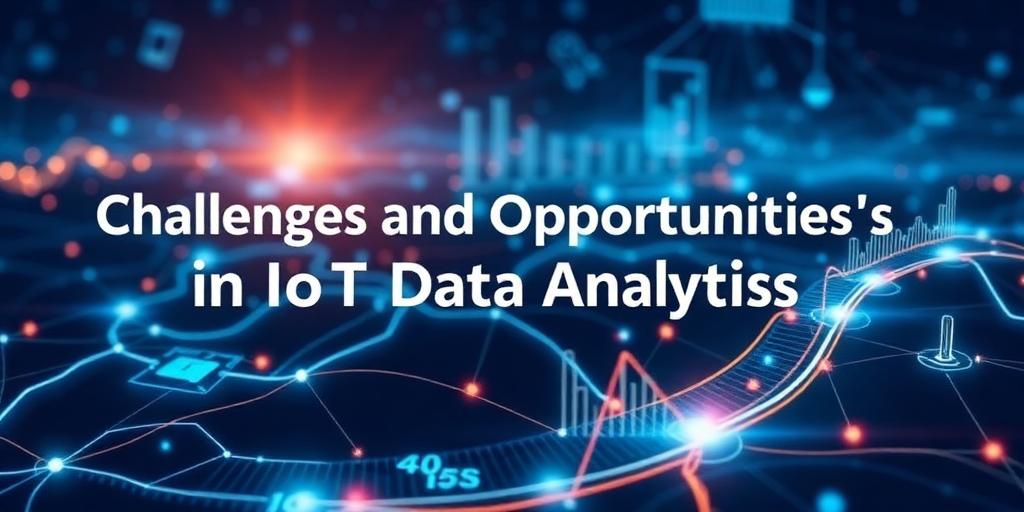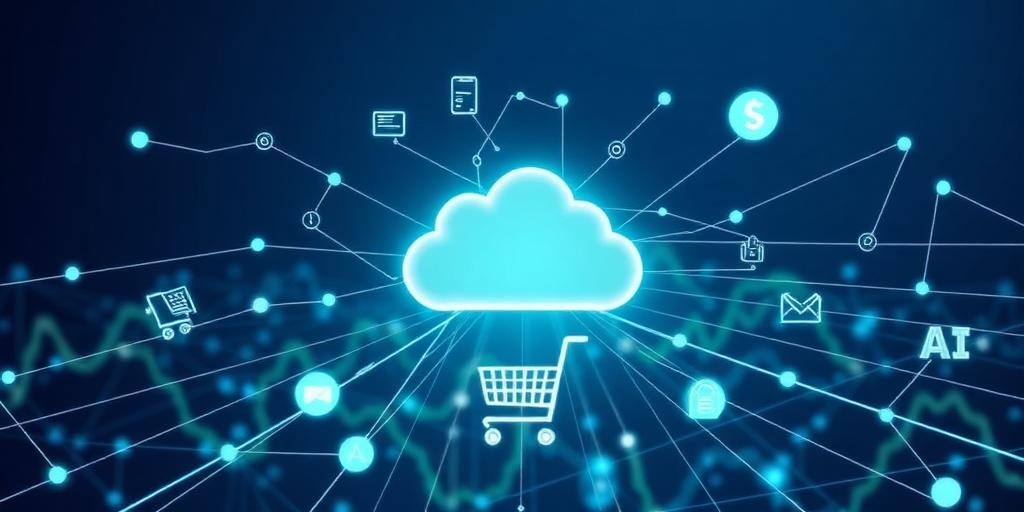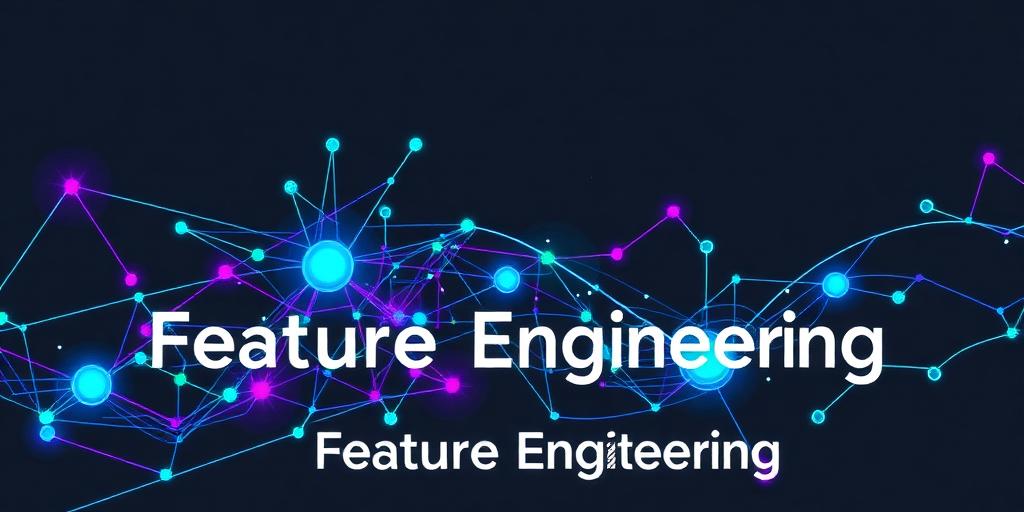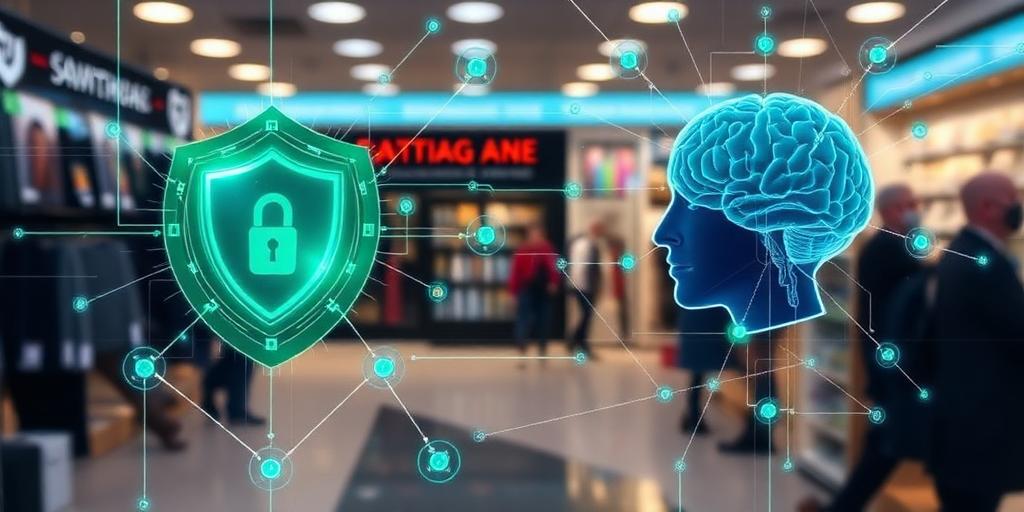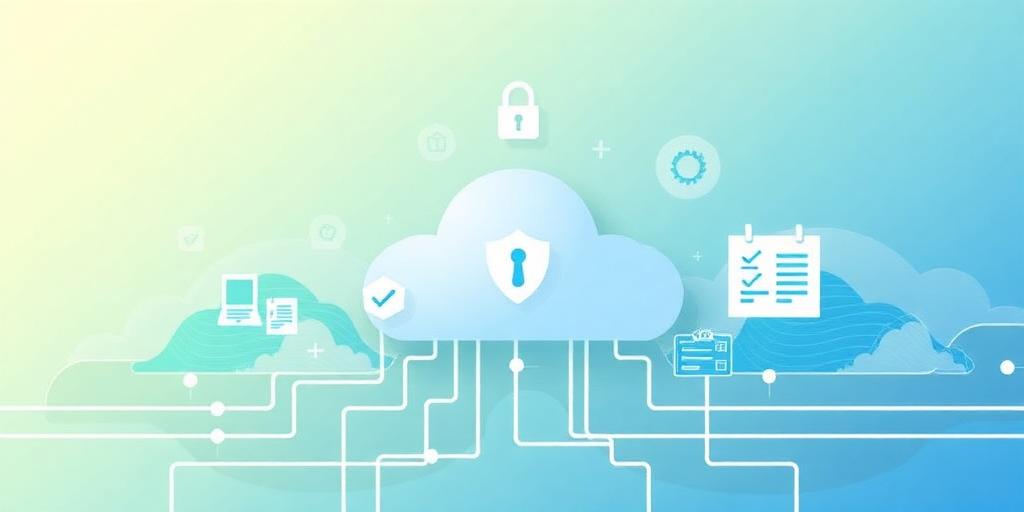The Internet of Things (IoT) has rapidly transitioned from a conceptual framework to a ubiquitous reality, fundamentally reshaping industries and daily life. At its core, the transformative power of IoT resides not merely in connected devices but in the immense volume, velocity, and variety of data they generate. However, extracting actionable intelligence from this deluge of information presents a sophisticated set of challenges, alongside unparalleled opportunities for innovation and competitive advantage.
Navigating the Intricacies: Key Challenges in IoT Data Analytics
Organizations embarking on IoT initiatives must confront several critical hurdles to effectively leverage their data assets:
- Volume, Velocity, and Variety (3Vs) Management: IoT ecosystems churn out petabytes of data from diverse sensors and devices, often in real-time. Traditional data processing architectures struggle to ingest, store, and analyze such massive, continuously flowing, and heterogeneous datasets.
- Data Quality and Integration: Data emanating from myriad sources can be inconsistent, incomplete, or noisy. Integrating these disparate data streams into a unified, coherent view for analysis requires robust data cleansing, transformation, and interoperability solutions.
- Security and Privacy Imperatives: The sheer scale of connected devices expands the attack surface for cyber threats, making data security and privacy paramount concerns. Protecting sensitive information across the entire IoT value chain, from device to cloud, demands sophisticated encryption, authentication, and access control mechanisms, compliant with evolving regulatory landscapes.
- Edge vs. Cloud Processing: Determining where data processing should occur—at the network edge (closer to the data source) or in centralized cloud environments—is a critical architectural decision. Each approach presents trade-offs regarding latency, bandwidth consumption, computational power, and real-time responsiveness.
- Lack of Specialized Talent: The intersection of IoT, big data, and advanced analytics necessitates a rare blend of technical expertise. A shortage of data scientists, machine learning engineers, and cybersecurity professionals with specific IoT domain knowledge can impede successful implementation and insights generation.
Unlocking Potential: Opportunities in IoT Data Analytics
Despite the challenges, the strategic application of IoT data analytics unlocks profound opportunities across virtually every sector:
- Predictive Maintenance and Asset Optimization: By analyzing sensor data from machinery, vehicles, or infrastructure, organizations can predict equipment failures, schedule proactive maintenance, minimize downtime, and extend asset lifespans, leading to significant cost savings and improved operational efficiency.
- Enhanced Operational Efficiency and Automation: IoT data provides granular insights into operational processes, enabling optimization of resource allocation, energy consumption, supply chain logistics, and workflow automation. This translates to reduced waste, increased productivity, and leaner operations.
- Development of New Business Models and Services: The insights derived from IoT data can facilitate the creation of innovative, data-driven products and services. This includes outcome-based services, personalized customer experiences, data-as-a-service offerings, and dynamic pricing strategies.
- Improved Customer Experience and Personalization: Understanding real-time usage patterns and user behavior allows businesses to tailor products, services, and support more effectively, fostering deeper customer engagement and loyalty.
- Smart Cities and Sustainable Solutions: In urban environments, IoT data analytics underpins smart initiatives—optimizing traffic flow, managing public utilities, enhancing public safety, and contributing to environmental sustainability through informed decision-making.
Seizing the Future: Strategic Approaches
To transcend the analytical challenges and fully capitalize on IoT opportunities, organizations must adopt a strategic, integrated approach:
- Embrace Advanced Analytics and AI/ML: Leverage machine learning algorithms for pattern recognition, anomaly detection, predictive modeling, and prescriptive actions. AI-driven analytics can extract nuanced insights that human analysis alone cannot.
- Implement Edge Computing Strategies: For applications requiring ultra-low latency or limited bandwidth, processing data at the edge reduces the reliance on cloud infrastructure, enhancing real-time decision-making and data security.
- Prioritize Robust Cybersecurity and Data Governance: Establish comprehensive, end-to-end security protocols, employ blockchain for data integrity where appropriate, and implement stringent data governance frameworks to ensure compliance and build trust.
- Invest in Talent and Strategic Partnerships: Cultivate in-house expertise through training and recruitment, and consider partnerships with specialized vendors or academic institutions to bridge knowledge gaps.
IoT data analytics is not merely a technical endeavor; it represents a strategic imperative for organizations seeking to maintain relevance and drive growth in an increasingly connected world. By methodically addressing the inherent complexities and strategically harnessing the generated insights, businesses can unlock unparalleled value, foster innovation, and secure a formidable competitive advantage in the digital economy.

